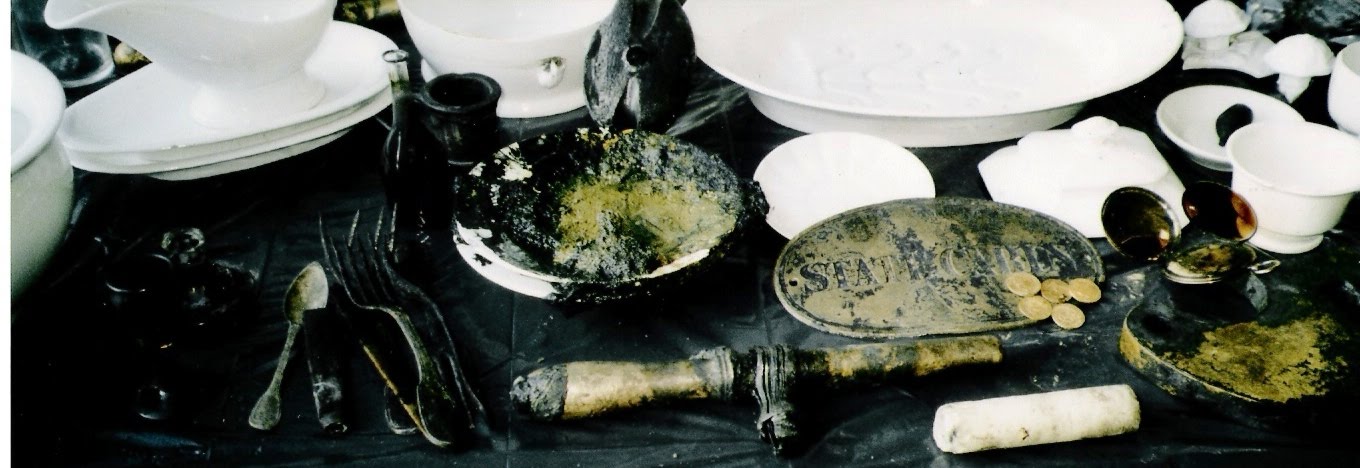By Sharon Oosthoek
Earth's first great predator — dubbed a "carnivorous shrimp from hell" — probably wasn't nearly as fearsome as scientists once thought.
In fact, Anomalocaris canadensis didn't have teeth and couldn't even close its jaws, according to new 3-D modelling of the giant shrimp's mouth.Thought to be one to two metres long, Anomalocaris canadensis roamed the seas about 500-million years ago. It is one of the more famed creatures to be discovered in British Columbia's Burgess Shale fossil deposit.Up until recently, it was thought that Anomalocaris feasted on trilobites, crunching through their hard shells and slurping up their soft bodies."It's because folks thought it was big, and people thought its mouth looked very fierce, and there was lots of evidence of injuries to trilobites," says paleontologist James "Whitey" Hagadorn of the Denver Museum of Nature and Science. Hagadorn and his team presented their 3-D model at this week's annual meeting of the Geological Society of America in Denver.After examining more than 400 fossilized Anomalocaris canadensis mouths, Hagadorn and his colleagues noticed the creature's mouth folded — which would not have been possible if its parts were hard.
This suggests it didn't have teeth but instead had flexible protrusions.Hagadorn's claim is further backed up by the fact fossilized remains of the creature's mouth are not mineralized like the exoskeletons of the trilobites. James Whitey Hagadorn of the Denver Museum of Nature and Science
James Whitey Hagadorn of the Denver Museum of Nature and Science
Posted via http://batavia08.posterous.com batavia08's posterous
.jpg)
No comments:
Post a Comment